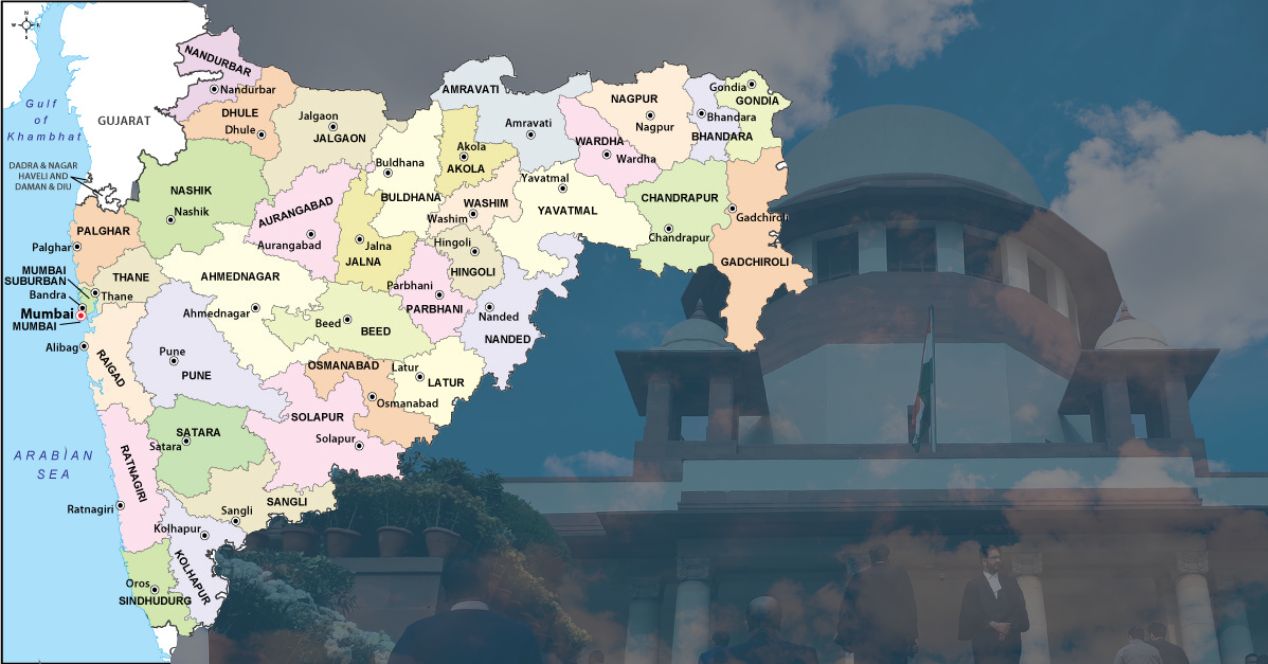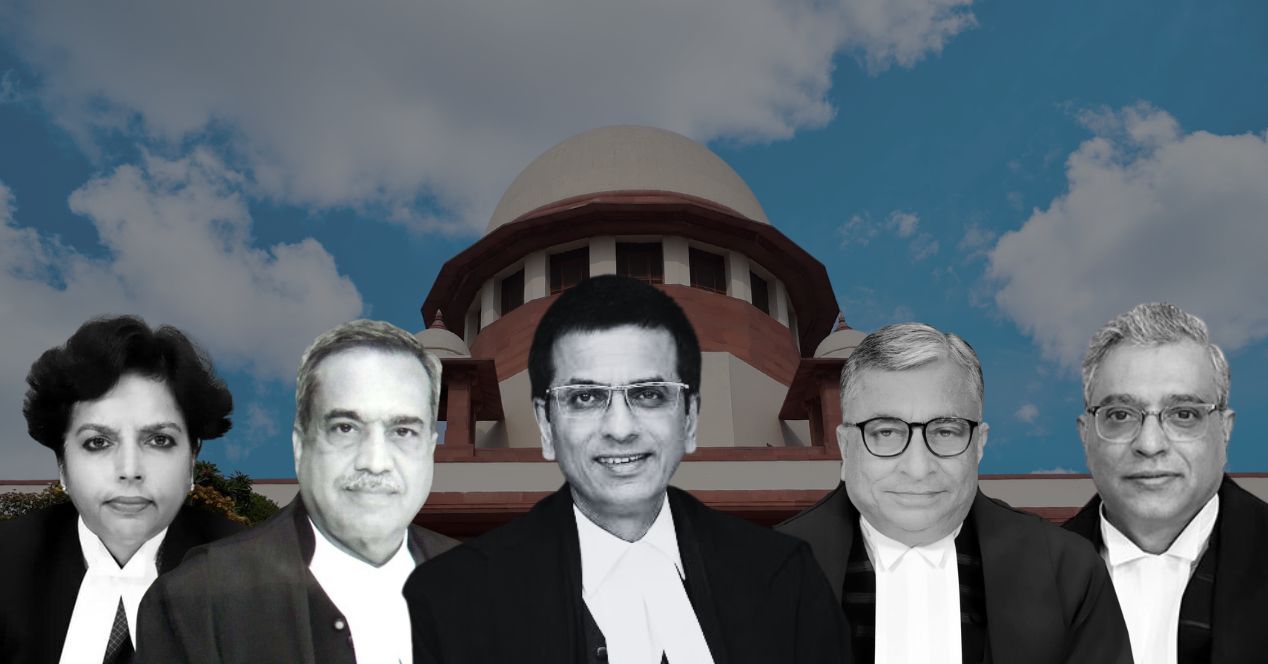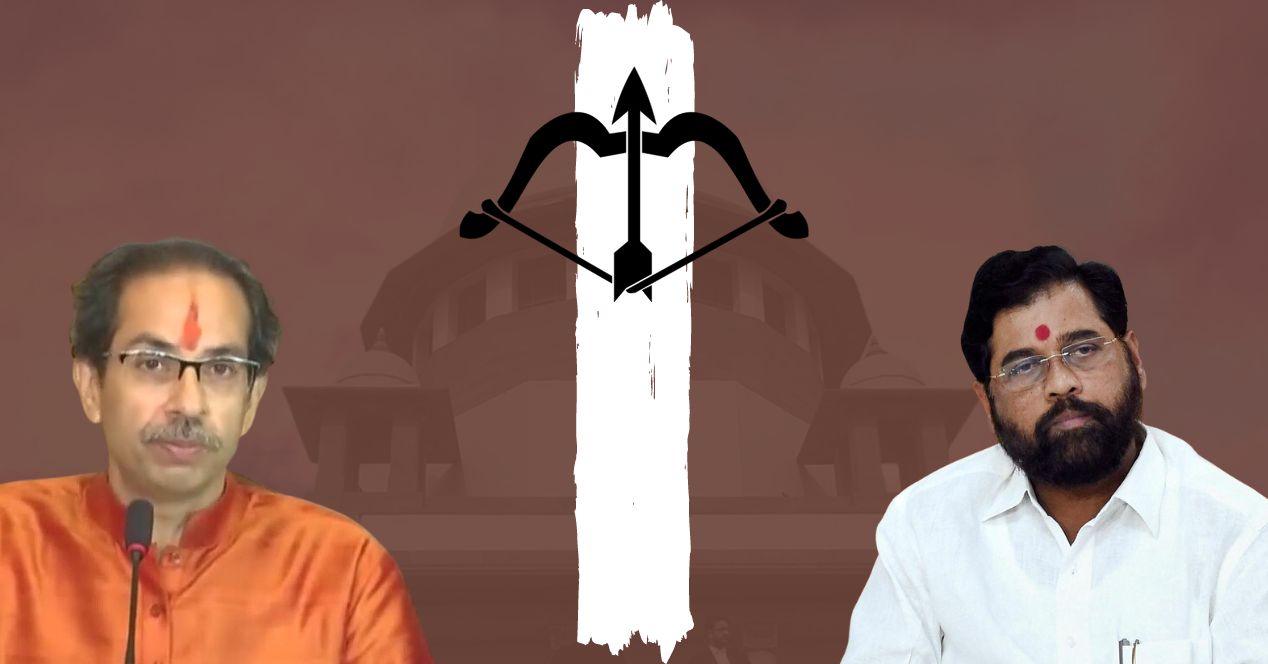Channel
Shiv Sena Rift and the SC’s Constitution Bench Judgement
SCO Explains the rift within the Shiv Sena. We then discuss the 5-Judge Bench decision that marks an important chapter in anti-defection law
Transcript
Hello! Welcome to SCO Daily, I’m Gauri Kashyap and today, lets discuss the widely debated Maharashtra political crisis and the Supreme Court’s Constitution Bench Judgment. We’ll go explore the chaotic political turmoil in Maharashtra last year, the case that followed, and the discuss the SC’s Judgement.
Case Background
The power struggles within the Shiv Sena took centre stage after the 2022 Maharashtra Council polls results were announced. On June 21st, 2022, Mr. Eknath Shinde, along with 39 rebel Shiv Sena MLAs, went missing. Reports emerged that they had taken residence in Surat, Gujarat, and later travelled to Gauhati, Assam. Sensing the urgency, Mr. Uddhav Thackeray, then Chief Minister of Maharashtra, called for an emergency party meeting, which the rebel MLAs refused to attend. Subsequently, the Shiv Sena removed Mr. Eknath Shinde as the Legislature-Party leader. Mr. Shinde responded by claiming the support of over 40 MLAs and asserting that he represented a majority of the party. He argued that with a dwindling group of supporters, Mr. Thackeray was no longer the party’s chosen representative.
On June 24th, 2022, Mr. Uddhav Thackeray urged the Deputy Speaker to initiate disqualification proceedings against the rebel Shiv Sena MLAs, including Mr. Eknath Shinde. He claimed that refusing to come to the meeting, and disobeying the party whip amounted to defecting from the party. The Tenth Schedule of the Constitution of India, also known as the Anti-Defection Law, addresses the issue of political defections. It allows for the disqualification of MLAs if they voluntarily give up their party membership or defy party Whip’s instructions on voting. The objective of this law is to prevent political instability caused by defections and to uphold party discipline. The Speaker or, in their absence, the deputy speaker has the authority to decide on disqualification cases.
Now, while Mr. Thackeray sought disqualification of the rebel MLAs, two independent MLAs moved a ‘no confidence’ motion against the Deputy Speaker and sought his removal from his position. The Deputy Speaker rejected the motion, citing its lack of authenticity, and went ahead with the disqualification proceedings against the rebel MLAs. The Shinde faction was given two days to respond to the disqualification notice.
It is at this stage that the Supreme Court comes into the mix. The Shinde faction challenged the disqualification notice, stating that the deputy speaker had no authority anymore, and that the 2 day time to respond was lesser than the mandated 7 days. A Vacation Bench of the Supreme Court gave the rebel Shiv Sena MLAs 12 days of ‘breathing time’ to respond to the disqualification notice. The Court’s intervention was actually unexpected. Usually, the Court does not intervene in ongoing proceedings of the House and waits for the Speaker’s decision, which it may later review.
Anyway, right after the Shinde Faction got the SC’s order, they approached the Governor, Mr. Bhagat Singh Koshyari to conduct the floor test in the Maharashtra Legislative Assembly. This was to see if Mr. Uddhav Thackery enjoyed the confidence of the House. This time, the Thackeray faction approached the Court. They argued that MLAs who were themselves facing disqualification had no authority to call a no-confidence motion. The SC however, refused to stay the floor test, triggering what turned out to be the most pivotal moment in the rift. Refusing to be subject to the floor test, Mr. Uddhav Thackery resigned as Chief Minister, making way for Mr. Shinde to grab his seat.
The batch of petitions surrounding the political crisis was sent to a 5 Judge Bench. Chief Justice D.Y. Chandrachud, Justices M.R. Shah, Krishna Murari, Hima Kohli, and P.S. Narasimha heard the case over 12 days.
Arguments and the Judgement
The first question before the court was this: Could a speaker, who themselves are facing removal, conduct disqualification proceedings against MLAs? In 2016, in Nabam Rebia v Deputy speaker the SC had held that once a notice seeking removal of a speaker was issued, the speaker’s powers would freeze, and any disqualification proceedings they were presiding over would also be halted. The Thackarey faction argued that this judgment needed reconsideration by the SC, because it rendered anti-defection law ineffective. If the speaker’s powers could be frozen, how would they effectively tackle the ‘constitutional sin’ of defection? The Shinde faction argued that Nabam Rebia had nothing to do with the issue at hand. The SC sided with the arguments made by the Thackarey faction, and said that in 2016, the SC had not consider the potential misuse of this judgement. MLAs facing disqualification could simply issue a notice to remove the speaker, and halt the proceedings against them. So, a 7-Judge bench will now reconsider the Nabam Rebia Judgement.
The next question before the Court was whether the actions of the rebel MLAs was in fact defection. The Shinde faction argued that the rebellion was merely internal dissent, not defection. Members of any party enjoyed the right to express dissent within their party. They also said that they never really left the Shiv Sena. Instead, they were the real Shiv Sena. The Thackeray faction maintained that the Shinde faction missed mandatory meetings, and disobeyed the Whip. This was a textbook case of defection. The SC refused to make a decision on this question directly. They said that disqualification proceedings are supposed to happen before the Speaker. This has not happened in Maharashtra yet. The decision of the speaker on disqualification would come under Judicial review. That is, if challenged, the SC had the power to examine the decision on its merits.
Next, the SC looked into whether a faction of a Legislature party declare itself to be the ‘real’ political party based on in-House majority? Here the Court looked into the distinction between the legislature party, that is, the members of a political party who are in the legislature and the political party, which is all the members of a party. The Shinde faction argued that all members have an inalienable right to protest, and could declare themselves to be the real representatives of a party. The Thackery faction argued that Members of the Legislature party are supposed to act per the instructions of the political party. They cannot separate and declare themselves to be the sole representatives of that political party. The SC recognised the connection between the two. They said that the legislature party is elected because of its association to the political party. They would have gotten votes based on the reputation, promises, and the general good faith the people vest on a party. After being voted in, Members cannot suddenly decide they no longer belong to that party.
The Bench also looked into whether the Governor was right to call for a floor test. The Shinde faction, who had sought the floor test in the first place, argued that the Governor is duty bound to call for floor test as he received a letter expressing discontent. The Thackery faction argued that by calling for a trust vote, the Governor recognised a ‘split’ within the party. Splits are no longer recognised in anti-defection law as acceptable moves within a party. The SC held that the Governor incorrectly called the floor test. He had no reliable reason based on which he could doubt that the Thackery government had lost confidence. The letter that the Shinde government submitted asking for the floor test only said that they were dissatisfied with the government. Not that they had left it. Dissatisfaction alone is not a sufficient ground to call a floor test. The Floor test, the Bench wrote, cannot be used to resolve internal party disputes.
The SC also said that they had no power to reverse a resignation. Had Mr. Thackeray been subject to floor test and then removed, they could reinstate his post. However, as it was a voluntary resignation, and the Governor’s invitation to Mr. Shinde to form the government was valid, they could not do anything to change status quo.
Many people have said that while the Court may have made a legally sound decision, the judgement does very little to the on ground political scenario in maharashtra. It must also be considered that while the speaker may now proceed with disqualification proceedings, the Shinde faction has already enjoyed nearly a year in power.
If you enjoyed this explainer, visit SC Observer.in for more simple breakdowns of complex cases and loads of resources on important issues of the day! Thank you for watching!




